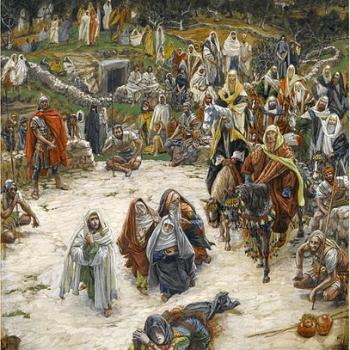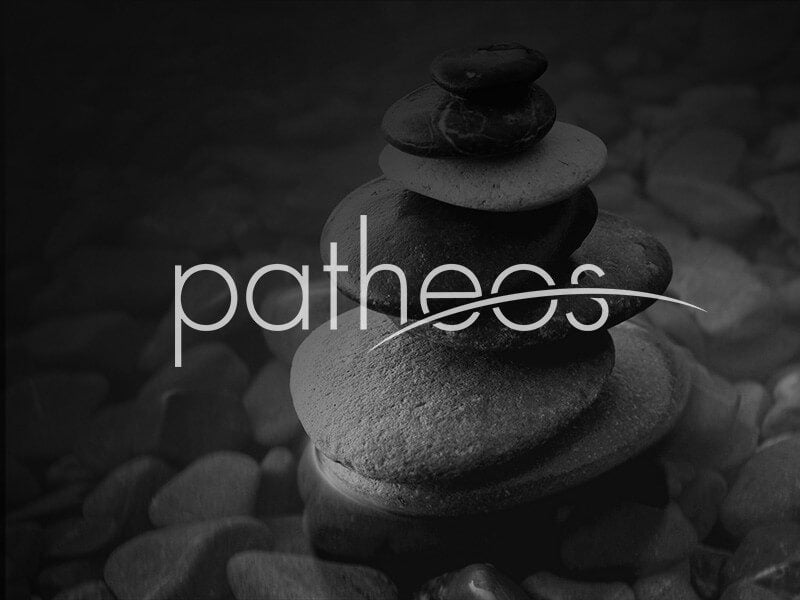I thought I’d share some thoughts about guns and our society. If this post seems a bit muddled or indecisive, it’s not an accident — it reflects some real ambivalence I have about this.
Some of that ambivalence comes from the makeup of my extended family.
Mom’s side of the family is primarily rural. Mom grew up in a small agricultural town, Arroyo Grande, on California’s Central Coast, in the 1930s. On Mom’s side of the family, a significant fraction of my aunts, uncles and cousins are farmers, dairymen, ranchers and so on.
On Mom’s side of the family, gunfire has benign associations — my Aunt Virginia and Uncle Leonard raised seven children; their three boys went deer hunting with their father at an early age, and they all remember fondly when they got their first buck. For people in their community (and in similar rural communities all across the United States) the opening day of deer season is a de facto holiday, with local shops closed and school out, since practically everyone in town heads into the hills with a rifle early that morning.
In short, when people in Mom’s and Aunt Virginia’s and Uncle Leonard’s community hear gunfire, it might provoke a smile and perhaps curiosity about whether the neighbor kid finally managed to bag a deer after a couple of luckless seasons.
My Dad’s side of the family is much more urban. Dad grew up in Chicago; his father was an immigrant from Ireland who worked his way up from a welder in the Chicago shipyards to being chief welding estimator by the time he retired in the 1960s.
Gunfire was nowhere near as common as people think in Chicago in the 1930s (contra the impression created by a million gangster movies like “The Untouchables”), but if you did hear gunfire, it usually meant Something Had Gone Terribly Wrong. It meant murder — either attempted or accomplished.
I know that feeling. I’ve mentioned before that I spent my formative years in Richmond, so I feel a deep connection to that city. In the last 10 years, Richmond has suffered anywhere from 18 to almost 50 murders a year, the vast majority of which involved firearms of one sort or another. (By comparison, in the last 10 years, London, England in its worst year had 200 murders — four times Richmond’s worst year in the same time period. But London has approximately 80 times the population.) I never personally witnessed a murder when I lived in Richmond, but dear friends I had there have been claimed by that horrible crime, and I have comforted the survivors of those and other murders.
So, in urban areas, guns and gunfire have very different associations and meanings than they do in more rural places. And I think the urban/rural divide explains the bitter divisions that characterize the gun control debate in the United States.
And what has become abundantly clear in recent months — if it wasn’t already — is that there is no easy solution.
The urban/rural divide goes back a long way in this country — all the way back to our founding, in fact. It was a factor in how the founders structured the government. The House of Representatives was heavily tilted in favor of the more populous states, since the number of representatives each state has is determined by that state’s population; California, for example, has more votes in Congress than all the other states from the Rockies to the Pacific combined. The Senate, however, is where rural states even the playing field: Every state gets two senators, whether its population numbers in the millions or it is small enough that its two senators played against each other in a high school championship game.
My family background has members on both sides of the urban/rural divide, and that background has shown me that both sides in this debate are often talking past each other, with no attempt by either side to truly understand the position of the other.
All that said, let me now say this: I think, on balance, this is one battle in which justice favors the urban states, but what I’m going to propose needs to take account of the needs and (reasonable) fears of both sides.
Speaking of fears, allow me a quick aside to address something I keep hearing from a certain small but significant subset of the pro-gun folks: that an armed citizenry is our best defense in the event our government becomes tyrannical.
Let me to put this as succinctly and clearly as I can — and I say this as someone who served four years in the United States Army in a combat arms role and got a good, close look at the glittering array of death-dealing machinery that our tax dollars have bought huge piles of: If the people I see on TV talking about the “Tree of Liberty being watered with the blood of tyrants” were to (and yes, this is utterly ridiculous…) actually succeed in beginning the Great Birther and Anti-Kenyan Rebellion of 2013 or whatever, and the U.S. military were given free rein to use all that previously mentioned hardware to suppress the uprising, the result is beyond doubt. The rebels would be absolutely annihilated. I mean, seriously, guys. Your duck guns and deer rifles — heck, even .50 caliber Barrett sniper rifles and home-made pipe bombs — would be going up against the 82nd Airborne Division, the U.S. Marine Corps, the Air Force, armored divisions, cluster bombs, massed artillery, predator drones, B-52 raids, and so on. Capisce?
If the only thing standing between us and tyranny is our guns, we’ve already lost – and that has been true since the country’s founding. The best defense against tyranny is not an armed citizenry. It is an educated citizenry.
Anyway, back to my position on gun control: I think this is one where the rural states need to agree to some reasonable controls, for the benefit of their fellow citizens who suffer not just more or less regular massacres like Sandy Hook and Columbine, but also the less-talked-about but in its way more heartbreaking violence in places like Richmond and South-Central Los Angeles. I’ll have more on this in part 2.















